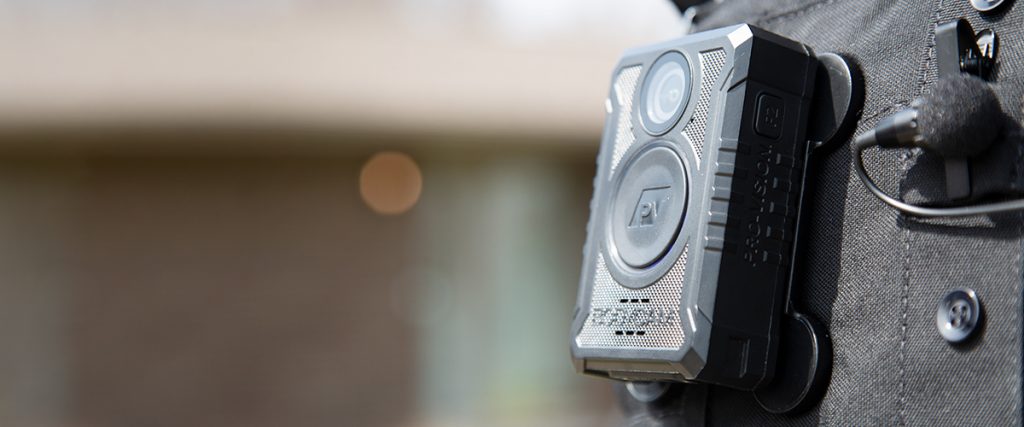Maximizing Accountability with Body-Worn Cameras in Law Enforcement

It’s no surprise that body-worn cameras have become indispensable tools within law enforcement agencies. These devices foster transparency, enhance accountability, and protect officers from false accusations. As we dive deeper, it becomes evident why integrating body-worn cameras into law enforcement practices isn’t just beneficial—it’s essential.
Evidence Collection and Legal Proceedings
From a procedural standpoint, body-worn cameras are invaluable. The footage collected is often used as evidence in court, providing clear details that might otherwise rely on the often unreliable and contradictory eyewitness accounts. This visual evidence can speed up legal proceedings by providing irrefutable proof of events, leading to quicker resolutions in court cases, and saving time and resources for both the justice system and the accused.
Enhancing Transparency and Accountability
Another benefit of body-worn cameras is the level of transparency they introduce to law enforcement activities. Every interaction between officers and civilians is recorded, which means that both parties are more likely to behave responsibly. This transparency can be crucial in building trust within the community, as it provides an unbiased account of events, ensuring that actions of law enforcement personnel are visible and reviewable by the public and oversight bodies.
Conversely, these recordings also protect law enforcement personnel from unfounded accusations of misconduct. This dual accountability is vital in maintaining a fair judicial process and ensures that justice is served correctly, thus upholding the integrity of the police force. One challenge is officers that turn off their cameras or not turning them on, to begin with.
Training and Performance Improvement
Body-worn cameras have a pivotal role in law enforcement training programs. Reviewing real-life interactions helps identify areas where officers can improve, promoting better communication strategies and handling various situations. Moreover, this footage can be used to demonstrate proper law enforcement techniques or highlight procedural errors, serving as a learning tool for continuous improvement in handling everyday duties.
Challenges and Considerations
Despite their benefits, the deployment of body-worn cameras in law enforcement does come with challenges. Privacy concerns, particularly about recording without consent and the potential for surveillance, are significant issues. Additionally, the cost of implementing and maintaining a body-worn camera system, including data storage and management, can be substantial. Law enforcement agencies must address these challenges thoughtfully to ensure that the advantages of the technology are not overshadowed.
The integration of body-worn cameras in law enforcement is more than just a technological upgrade—it is a commitment to upholding the principles of justice and integrity. These devices empower law enforcement agencies to protect, serve, and build a trustworthy relationship with the community. As we continue to navigate the complexities of modern law enforcement, body-worn cameras stand out as essential tools in the quest for a more accountable, transparent, and effective policing system.